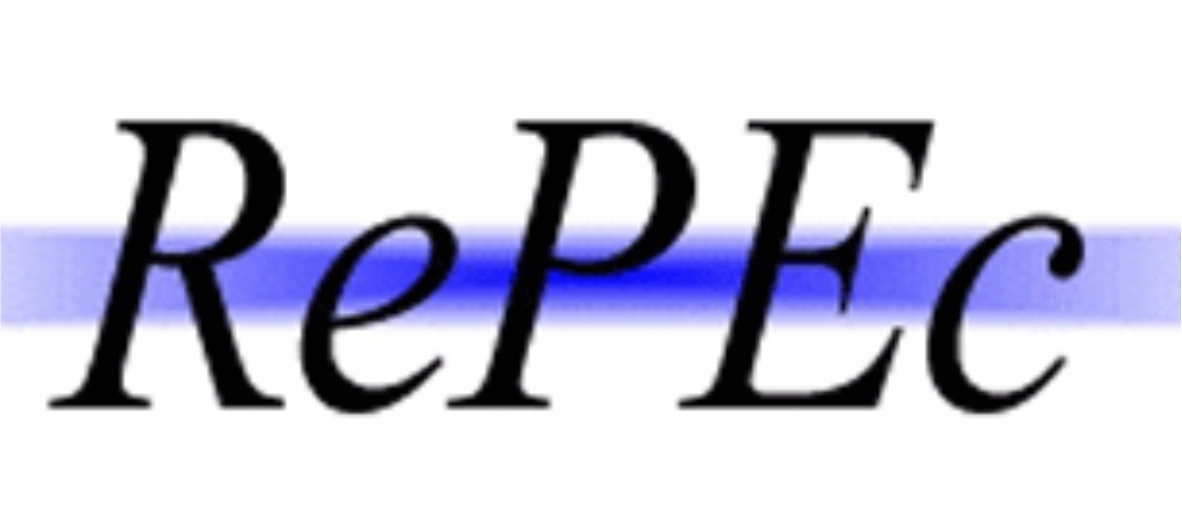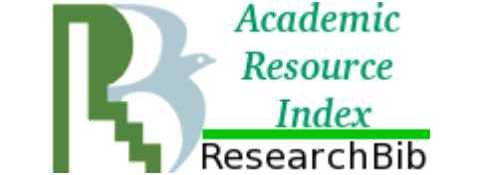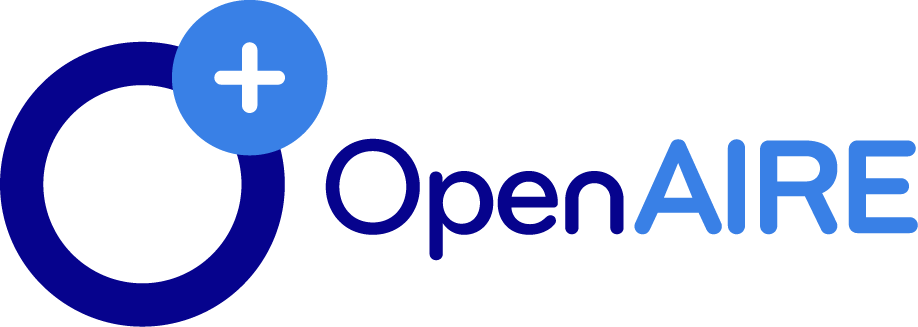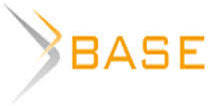INNOVATIVE PRACTICES IN THE SYSTEM OF HIGHER EDUCATION: IMPACT, DYNAMICS, CHALLENGES DETERMINING THEIR DEVELOPMENT AND M-PLEMENTATION*
Abstract
This paper is an attempt to analyze the contemporary phenomena affecting higher education. The main impact and dynamics of the innovative practices in the system of higher education are studied. The authors consider the process of globalization, the changing of supply and demand in higher education, and changes in funding of higher education as factors that have the most significant impact on the functioning of the world market of educational services, and determine the development and implementation of the innovative practices in the higher education system at the present stage of its developmentKeywords: the system of higher education, innovative practices, globalization, supply of and demand for higher education, higher education fundingt
Introduction. In meeting the objectives of the Europe 2020 Strategy aimed at supporting the projects enhancing the quality and innovativeness of learning and teaching, developing new curricula, building bridges between the different sectors of education and fostering more intense forms of cooperation to achieve the modernization objectives, including a better exploitation of the open education resources, European institutions assigned a central role to higher education [4]. It should be noted that there is an unprecedented demand for higher education, as well as an increased awareness of its vital importance for sociocultural and economic development. More than that, the system of higher education at the international arena is a separate branch of the global economy which can be characterized by the high rates of development [7]. The European Commission, in particular, stressed the importance of higher education as a key enabler of sustainable and inclusive growth.
Nowadays higher education faces great challenges and difficulties related to equity of conditions to access into and during the study course, enhancement of quality in teaching, research and services, relevance of programmes, employability of graduates, etc. [9]. This study aims in particular to contribute to a better understanding of the recent developments affecting higher education and determining the development and implementation of the innovative practices.
Main Part. The development and implementation of innovations in higher education systems have an impact on all the systems elements of higher education system: components, relationships and functions. At the components level, a wide range of direct and indirect, individual and institutional actors are influenced by these innovations. At the relationships level, the most important effects are due to cooperation, networking and increased mobility, which may alter traditional relationships among actors or introduce new ones. At the functions level, the most significant impact is observed on the education function, and a more limited, but growing impact is observed on the research and engagement functions. This may be seen just as a manifestation of the early stage at which many of the innovative practices find themselves, rather than an effect of a minor importance of the innovation [2, 85-86].
According to the Study on Innovation in Higher Education: Final Report there are three dynamics which appear to be most significant within an innovative higher education system:
− As innovation diffuses within the higher education system and touches every element of a higher education institution, the innovation process needs to be better managed;
− There is a reciprocal nature of change within an innovative higher education system: the system elements (components, relationships and functions) have an impact on the success of the innovation, while the success of the innovation induces further changes in the system elements;
− The change induced in a higher education innovation system by the innovative practices is not of a radical nature, but is rather slow and incremental, i.e. many innovation practices do not radically modify the traditional higher education institutions’ functions; on the contrary, they provide new ways of doing traditional things that respond more efficiently to changing requirements in higher education [2, 87].
The main challenges the higher education sector faces across the globe and that are driving innovation in this sector are:
1) globalization pressures;
2) changing of supply of and demand for higher education;
3) changes in higher education funding. Globalization has been identified as a crucial challenge for the higher education sector. Challenges from the globalization process are connected with the fact that globalization has brought with it a weakening of national system boundaries, changing criteria of excellence, fiercer than ever competition among higher education institutions to recruit international students, imperative need to achieve global recognition for courses and qualifications and increased cross‐border operations by using technology as a ‘disruptive enabler’ [1].
The challenges connected with changing supply of and demand for higher education come from ‘supply-side’ developments, which enable new services to be provided, as well as existing ones to be improved. In fact they arise especially from the use of new teaching and learning technologies. For instance, online learning environments have been growing on the side of traditional learning environments and in some instances have started to replace them. The demand side is undergoing substantial changes as well. These include the changing students’ financial circumstances, the need of many to combine paid work or domestic duties with their study, anxieties about employment opportunities, changing preferences for subjects of study, study methods, the extent of engagement with the non-academic features of university life [8] and changing lifestyles, influenced for instance by widespread use of social media [5].
The challenges of funding are creating considerable uncertainty within many countries and institutions. In recent years, in the context of the economic crisis, particularly, increasing education costs and declining public funding have created difficulties for many higher education institutions. In the USA, for example, the cost of receiving a college degree has continued to grow. Thus, as student debt in the USA in 2012 went above $1 trillion, with the average debt per student standing at more than $25,000 [3]. However, if government funding for public education has declined in many countries, in turn, private investors now seem ready to provide education technology companies with the type of capital that has typically been reserved for consumer businesses. In responding to a changing funding situation, higher education must either find ways of cutting costs or of generating additional revenue, or both. This implies looking at how current activities are being performed and finding new ways of doing them, as well as undertaking new activities, possibly for new markets [6].
Financing of higher education require the development of appropriate planning and policy- analysis capacities and strategies, based on partnerships established between higher education institutions and state and national planning and co-ordination bodies, so as to secure appropriately streamlined management and the cost-effective use of resources. Higher education institutions should adopt forward-looking management practices that respond to the needs of their environments. Higher education institutions must be given autonomy to manage their internal affairs, but with this autonomy must come clear and transparent accountability to the government, parliament, students and the society. Today, when we are living in knowledge societies the higher education institutions not only have a central role in such societies, but their role is also evolving rapidly. In order to adapt to changing circumstances, meet new challenges, and contribute substantially to the societies of which they are an important part, higher education institutions are required to innovate at a pace and on a scale not previously experienced in their long histories. In other words, in a world undergoing rapid changes, there is a perceived need for a new vision and paradigm of higher education, which should be student-oriented, calling in most countries for in-depth reforms and an open access policy so as to cater for ever more diversified categories of people, and of its contents, methods, practices and means of delivery, based on new types of links and partnerships with the community and with the broadest sectors of society.
Higher education institutions should educate students to become well informed and deeply motivated citizens, who can think critically, analyze problems of society, look for solutions to the problems of society, apply them and accept social responsibilities. To achieve these goals, it may be necessary to recast curricula, using new and appropriate methods, so as to go beyond cognitive mastery of disciplines. New pedagogical and didactical approaches should be accessible and promoted in order to facilitate the acquisition of skills, competences and abilities for communication, creative and critical analysis, independent thinking and team work in multicultural contexts, where creativity also involves combining traditional or local knowledge and know-how with advanced science and technology. These recast curricula should take into account the specific cultural, historic and economic context of each country. The teaching of human rights standards and education on the needs of communities in all parts of the world should be reflected in the curricula of all disciplines, particularly those preparing for entrepreneurship. Academic personnel should play a significant role in determining the curriculum. New methods of education will also imply new types of teaching-learning materials. These have to be coupled with new methods of testing that will promote not only powers of memory but also powers of comprehension, skills for practical work and creativity.
Conclusion. The undertaken study has shown that the development and implementation of innovations in higher education systems have an impact on all the systems elements: components, relationships and functions. Although blockages for innovation in higher education may occur both at the institutional and the national/regional levels, innovative practices do show the potential for delivering high-quality and equitable outcomes, in terms of widening access to higher education, granting students a more central role within the system, and providing potential pathways to cope with the financial pressures that affect the system.

















Reference lists